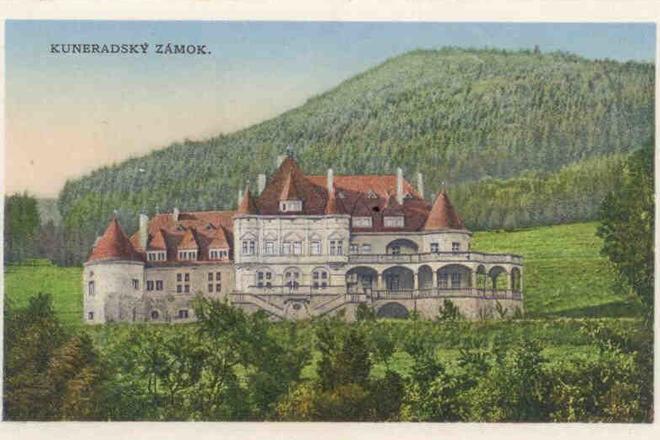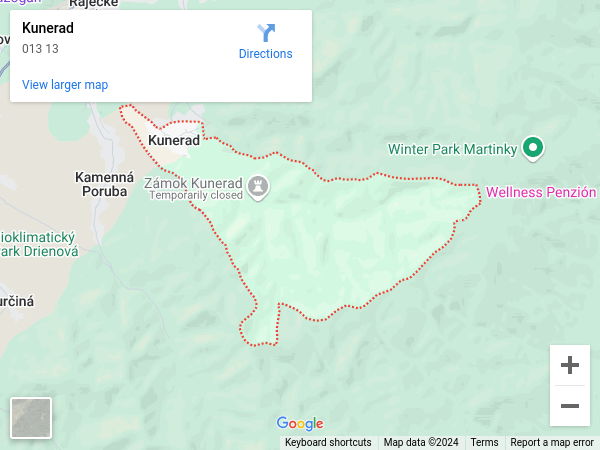The name of the central Slovak village Kunerad has caused sleepless nights for several linguists. Its name is slightly mysterious, and every linguist has their own view.
Most frequently, the name is thought to be derived from the word for horse. In Slovakia, hills as well as municipalities were named after the majestic animal, but the Slovak word for horse is kôň, not “kun”. From among forest fauna, the Slovak word for marten, kuna, could also be an option. Another possibility is that an ancient Slavonic noblemen, as one of them with a similar name could have owned this area.
As is often the case, the most probable version is the least appealing. The word kuneraz was used in Middle Ages for a hog, and so it is quite possible that Kunerad was a vassal village where the main occupation of inhabitants was hog breeding.
However, in popular knowledge Kunerad is not associated with hogs but with a notable hunting mansion which German count Ballestrém ordered to build in 1914 – 1916. Apart from hunting, the ostentatious construction was meant to serve as a summerhouse for Austrian and German emperors, Franz Joseph and Wilhelm II. The generous plans were ultimately marred by World War I, and thus in the end the mansion was just a small part of the original plans, and never hosted the emperors.
Its owners, the Ballestrém family, used to stay at the villa two times a year, in spring and in autumn. During their stays, they usually enjoyed the vast forests of their dominion, liked to watch forest workers at work, and of course, hunted passionately. People remembered the Ballestréms as an educated and friendly bunch.
During the Slovak National Uprising, guerrilla headquarters were located here, and Germans later punished this fairy-tale mansion in their usual way – by burning it down. After World War II, the castle fell under the property of the state. Despite Kunerad being repaired after the war, it endured two major fires.
The current owners bought the property in 2019 and are slowly repairing it.
In this postcard from the 1920s, we can see the mansion still in its full beauty.
This article was originally published by The Slovak Spectator on February 8, 2016. It has been updated to be relevant today.

 Kunerad (source: Courtesy of B. Chovan)
Kunerad (source: Courtesy of B. Chovan)
